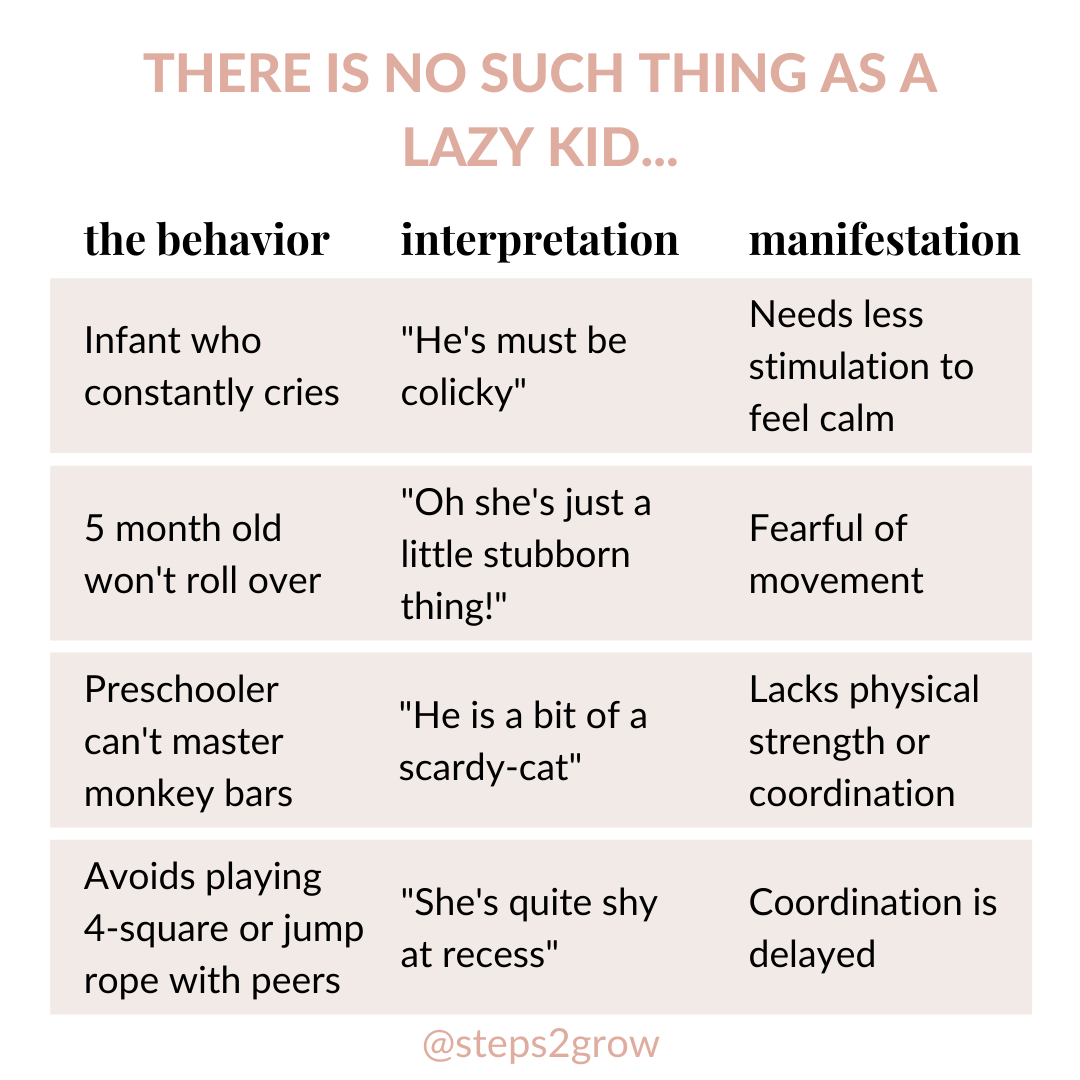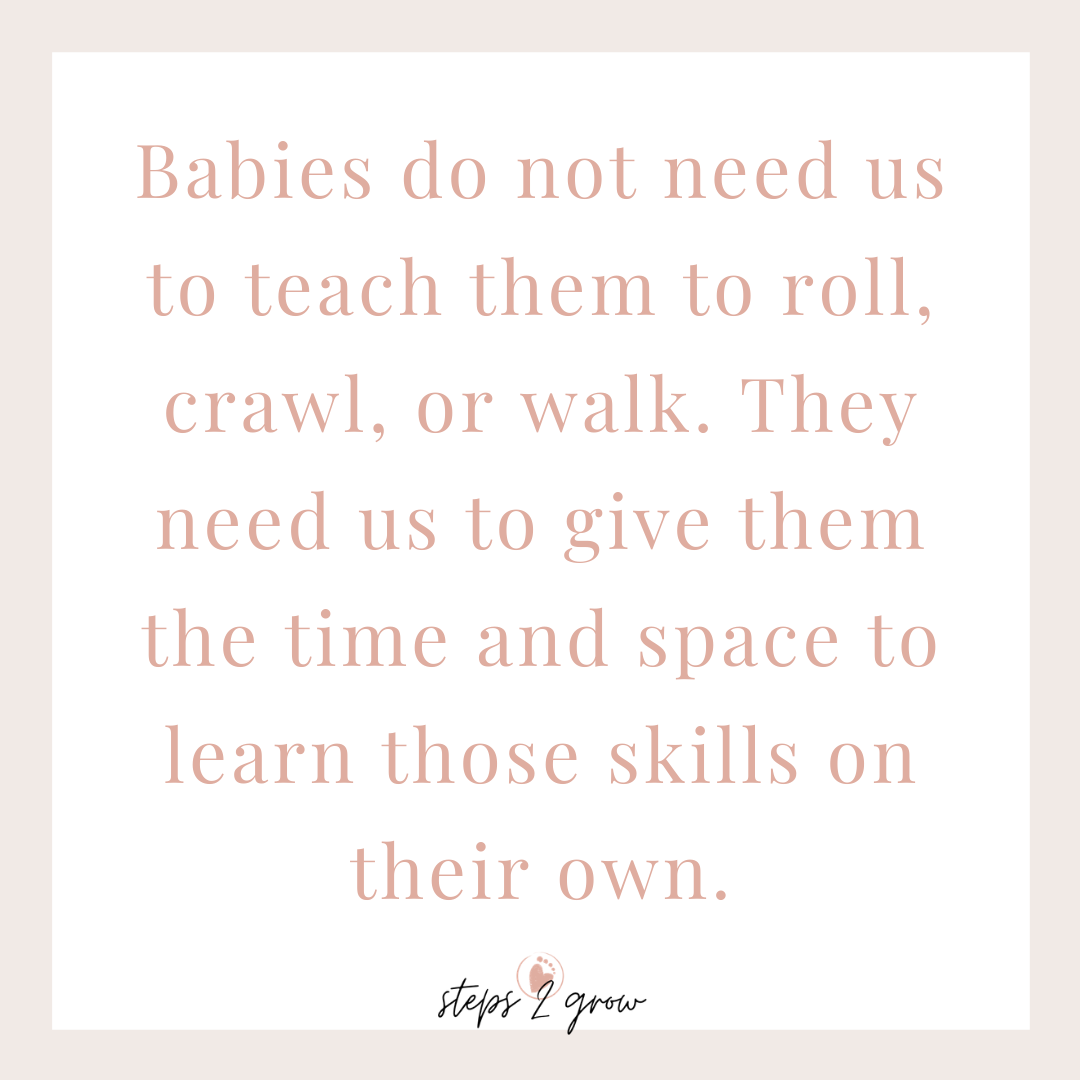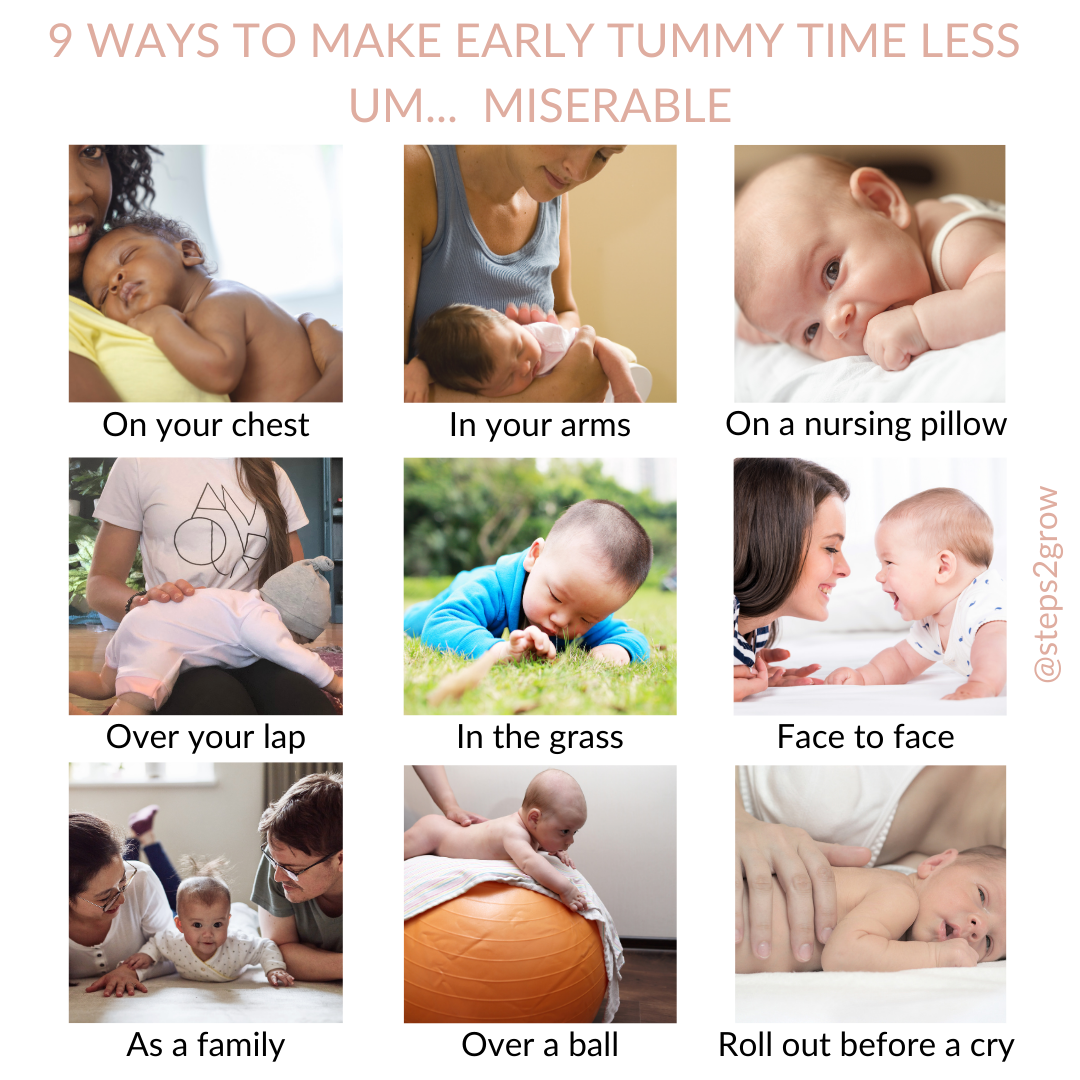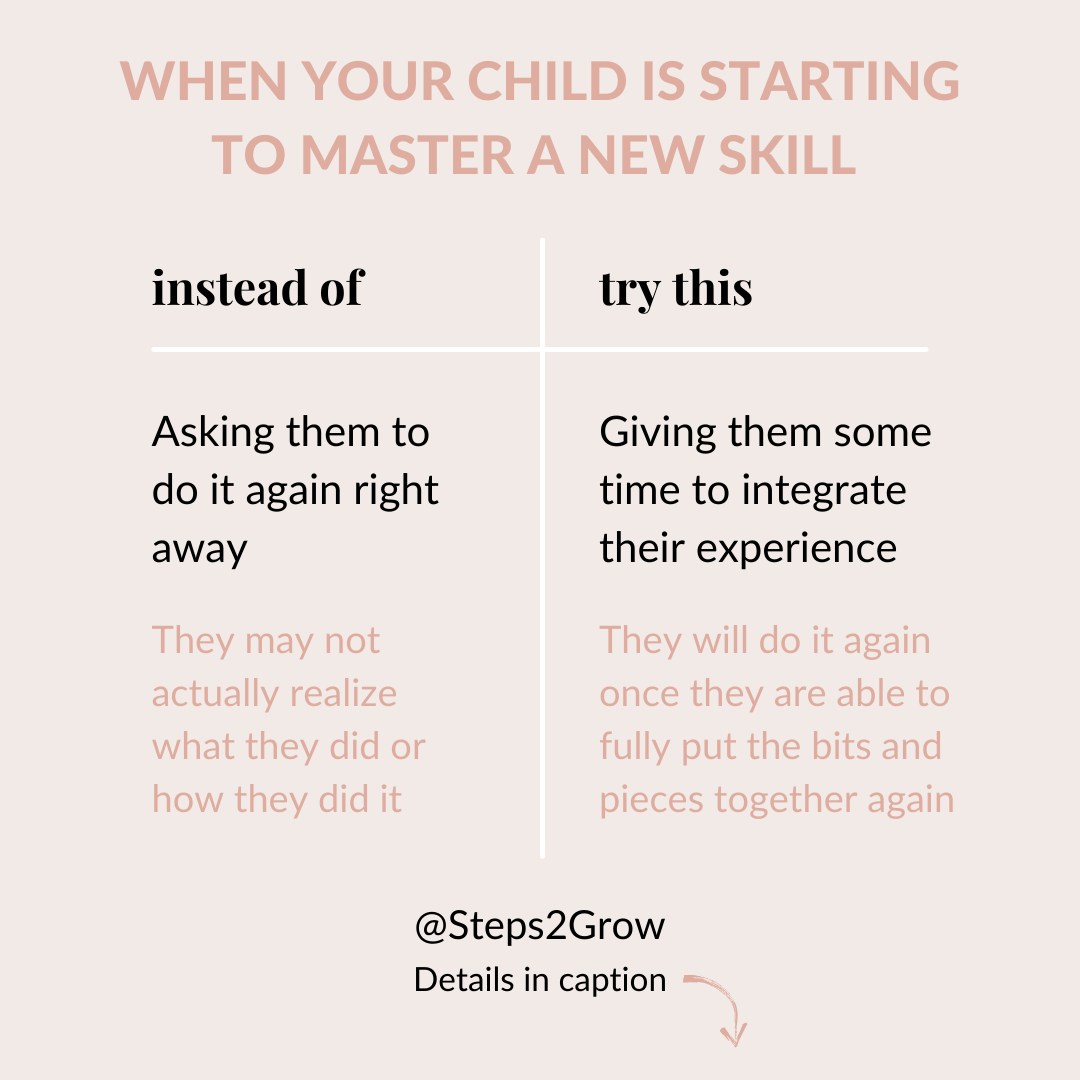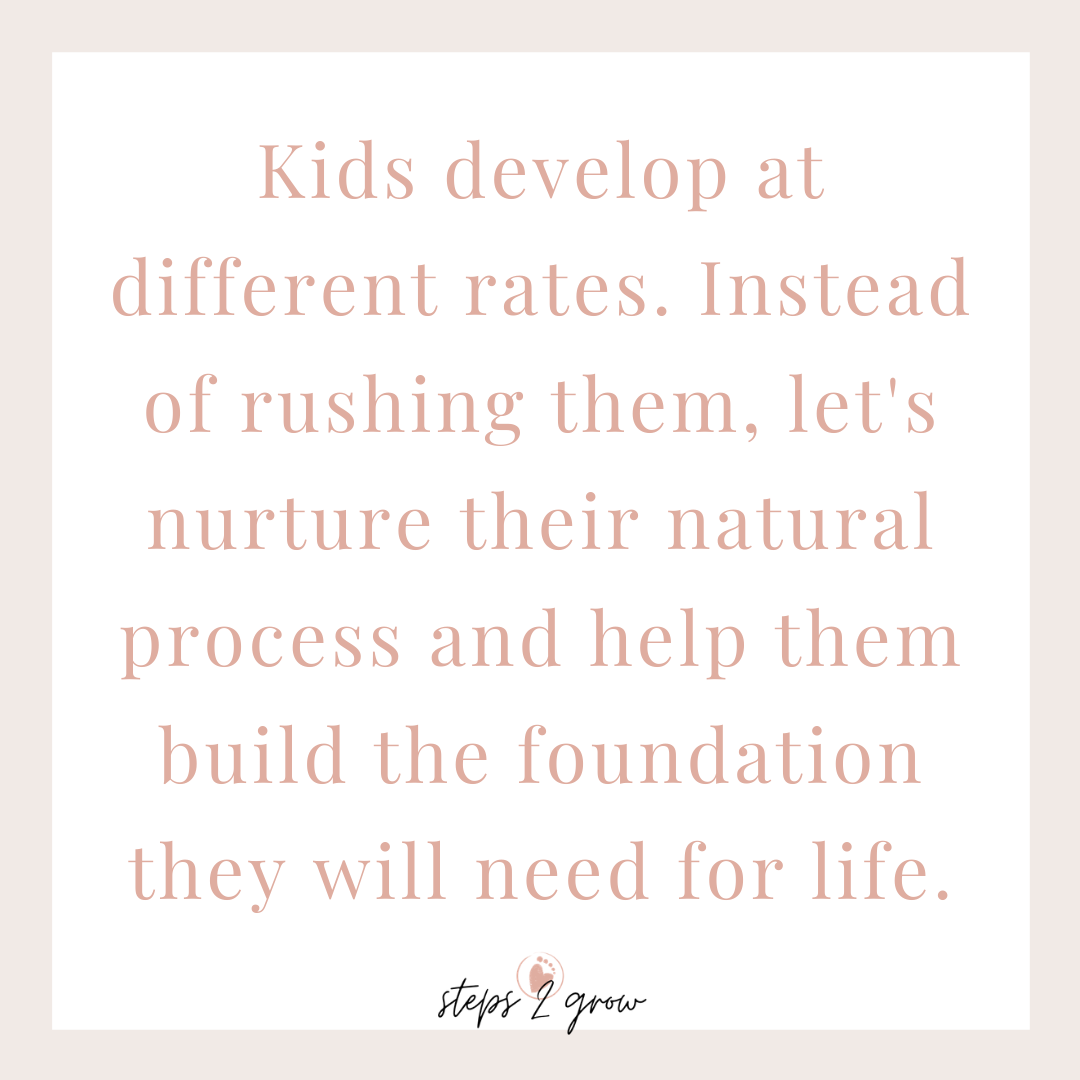Let's start from the beginning.Grasping patterns emerge in this general pattern:
Take a moment, and look at that long list!Just goes to show how many developmental steps it takes to master a tripod grasp. It takes a lot of time, and opportunity for practice! And, since each kiddo develops at a different rate, there will be variation in when a child actually does meet the tripod benchmark. There are quite a few prerequisites to developing a strong and efficient tripod grasp.First up, gross motor skills. "Gross motor" meaning whole body movements vs disgusting movements, in case anyone was confused for a second. Gross motor development builds the sturdy foundation we need for fine motor tasks, such as grasping. Second, body and postural stability. When you sit down to type something, what do you do first? I stabilize my trunk, usually by sitting upright and engaging my core muscles (and somethings by leaning on something). Then I align my posture and hold my head and shoulders still. The entire center of my body becomes stable. Only then can my hands and fingers make the delicate precise movements of typing. So, a kiddo is going to need to have a strong core to be able to develop the refined finger skills required for an efficient and precise pencil grasp. Third, shoulder strength and stability. This means strong and stable shoulder muscles. If there is no stability in the shoulders, the fingers are going to have a tough time. We need proximal stability (proximal = near center of body) for distal mobility (distal = away from center of body). Fourth, hand strength. The muscles of the hand have to be strong enough to hold a pencil tightly. Enough said there, I think! Fifth, endurance and stamina. Kids run fine motor marathons daily with all of the writing, art projects, self-care tasks, and play. It takes endurance to keep our big muscles stable for extended periods of time. And if our big muscles poop out, our little muscles go on overdrive and poop out faster. Developing a tripod grasp is quite a process. One we want to nurture, and not rush.If we just show our kids how to position their hand on a pencil, or correct them when they are doing it "wrong," we skip all of those developmental steps I just mentioned. There can be negative implications of this: It can teach a child their limitation; that they don't know how to hold their pencil the "right way" or that they can't do it. This could result in lowered confidence and a tense relationship with writing long term. It could also cause us, the parents and teachers, to overlook subtle developmental deficits that may be impacting their fine motor development. A child could "fake" a tripod grasp after being corrected, but that could prevent us from seeing developmental deficits hiding underneath. And if there are any, we want to be able to notice and intervene early. It is also a reflection of our mindset. Is our goal to rush to an outcome, or do we want to nurture the learning process and help build a strong foundation? As a child-development-dork, my vote is for prioritizing the process, nurturing the pre-reqs, and helping kids master each little step.And we can do that by increasing a child's opportunities for sensory and developmental play activities that target all 5 prerequisite areas. Need some ideas? I got your back! I have created a list of activities for each prerequisite area for you!
Now, the ultimate question...When should I worry?Just a reminder, this is not medical advice or individualized guidance. But generally speaking, I would implement some developmentally beneficial activities that target the 5 foundational areas and see how your kiddo responds for a few months. Seek support if you observe any of the following:
And let's just note that not all kids will develop a perfect tripod. And this is totally okay!How many adults do you know that have a slightly odd hand posture while holding a pencil? I know many, I am married to one, and they are all very successful adults! So though the tripod grasp has this gold standard reputation, it is okay if we find some other unique variation that works for us. What it comes down to is function.Is your child's grasp functional? Is your child able to write legible letters? Is your child able to complete their school work without their hand fatiguing quickly? Is your child able to write within an appropriate amount of time? If so, then the grasp variation they use is best for them.
I hope this was helpful! Until next time, air hugs!
1 Comment
|
AuthorHi! Austen here. Pediatric OT obsessed with leggings and all things child development. Welcome to my journal! I hope to educate and empower parents and caregivers with science inspired insights, effective strategies, and confidence. Categories
All
|


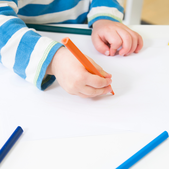
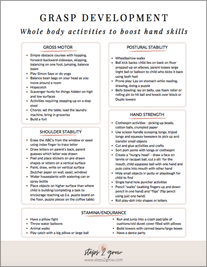

 RSS Feed
RSS Feed


